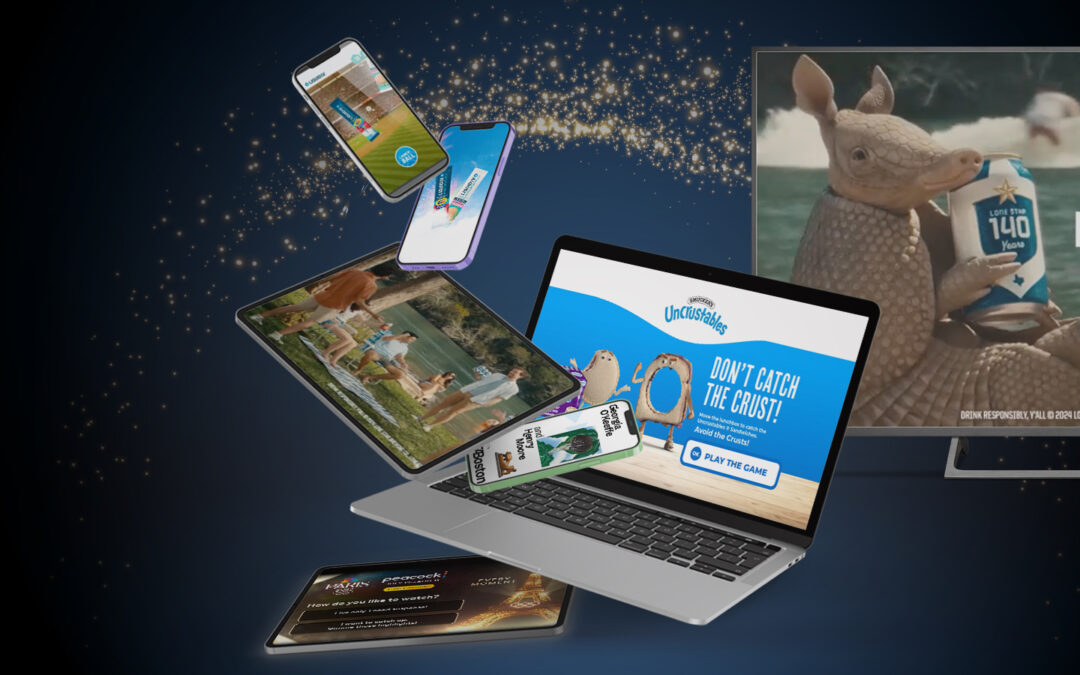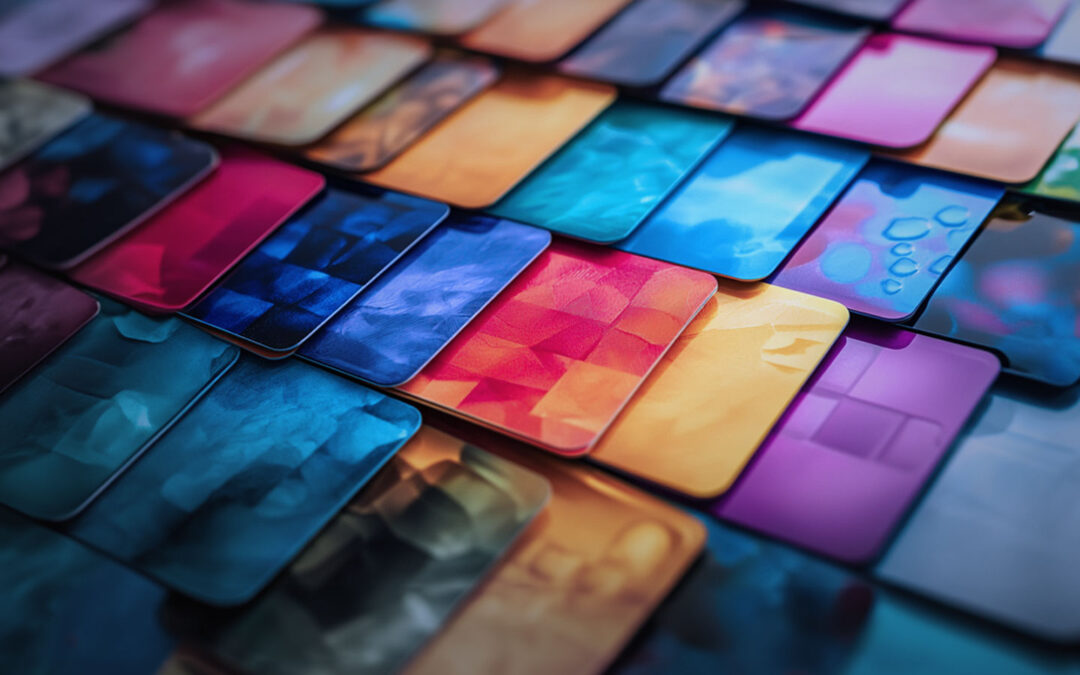Finding Humanity in a Generative AI World

Way back in 2014, IBM Research decided to showcase its relatively new Watson artificial intelligence technology to an audience of tech insiders and journalists at Austin’s SXSW Festival with an interesting event: “Cognitive Cooking,” a six-course dinner where Watson had invented the recipes. The entire 30,000-recipe database of the Institute for Culinary Education (ICE) was fed (pun intended) into Watson’s system, and Watson would invent a recipe for each course based on three data points. First, a cuisine (e.g. Korean); then, a style of dish (main course, salad, soup, etc.); and then, what the main ingredient should be.
The catch is that humans were very much still needed. Watson would produce a list of ingredients from the data, but then two ICE chefs were on hand to interpret Watson’s result and design the recipe (for example, a Kenyan-flavored gratin dish where the primary ingredient was Brussels sprouts). That human influence was on full display for the main course, where guests were given two different dishes that had all the same Watson prompts (an entree, Italian cuisine, duck as the main ingredient) but where the two chefs had designed the recipe independently. The results using the same Watson-supplied ingredients were completely different: one was a hearty, pasta-based Northern Italian dish and the other was more protein-heavy and Mediterranean in flavor. Clearly, human creativity mattered a lot.
AI Takes Over the Ad Industry
Artificial intelligence has come a long way in that almost-decade. Today, the buzz is around generative AI, which means artificial intelligence that produces some kind of creative work like an image or written piece in response to a prompt. Its rapid ascent from early-adopter toy to mainstream technology has led to major ethical questions surrounding these tools like DALL-E, Midjourney, ChatGPT, and Lensa. How will schools deal with the possibility that students are having bots do their homework for them? What are the implications for copyright and intellectual property, given that generative AI neural networks “learn” by looking at existing art and literature?
And then, perhaps, the most pertinent question in the advertising industry: Will it take all our jobs? After all, it can write copy, design logos, and even imagine brand collaborations, and sure enough, generative AI seems to have taken over the ad industry overnight.
Already, “We used an AI bot to make this” has become an ad campaign gimmick, even making it into the plan for Avocados from Mexico’s Super Bowl ad (before the company backtracked). Actor Ryan Reynolds has used ChatGPT to write ads for his wireless brand Mint Mobile. And if you’re one of the lucky folks in the industry who gets a lot of unsolicited pitches from vendors, you may have noticed that some service providers are openly admitting that their pitch emails are now written by ChatGPT – as though they see saving time with the AI tool as a sign of cleverness.
That last example is in line with the optimist’s perspective here, which is that generative AI will be a way for the ad industry to automate frustrating routine tasks or ignite the initial sparks that can lead to a bright idea. “Perhaps the most common use case thus far has been idea generation, which, while abstract, can still inform a brand’s marketing materials, and at a much faster clip than it would normally take,” Ad Age’s Asa Hiken wrote in the publication’s recent guide to generative AI. “For example, if an agency is in the brainstorming stage for a new campaign, it can plug relevant queries into DALL-E 2 and see what the platform spits out. The same goes for ChatGPT, which can outline ad copy for just about any concept.”
Similarly, Digital Surgeons founder and chief creative officer Pete Sena thinks that generative AI will help smooth ideation processes that were hampered by creative teams going remote-first during COVID-19, which he explained to Muse By Clio.
The Optimist’s Take: Human as Puppetmaster
This isn’t unprecedented in technology – the idea of automating basic functions to make space and time for innovation has already transformed computer science and coding. To get some insight here, we at Infillion asked the most obvious expert: our chief technology officer, Simon Asselin.
“A good analogy for generative AI is the progress in the development of higher level programming languages, techniques like functional or object oriented programming, and rich libraries of frameworks like what’s available in Java and Python,” Simon explains. “These have all enabled programmers with tremendous leverage in not having to reinvent the wheel for every new software project being developed. You get great acceleration from these tools that allow you to cut right to the heart of the problem you want to solve, and don’t have to be bogged down so much with details that are not germane to it.”
In other words, developers have been able to innovate because they were first able to automate. AI, in turn, can free up advertising professionals’ talent to focus on what only humans can do versus getting bogged down in another spreadsheet.
Simon also cautioned that there’s a need for human guidance of AI to ensure that the technology can be properly stewarded, managed, and fixed when it breaks. “There is a downside to these tools and layers, in that they rapidly also become very complicated to understand,” he explains. “ When things break, you are at a loss to understand why specifically. That’s also going to occur with AI and it is going to be even harder to figure out when it breaks.” (Want to learn more about this dynamic through a science fiction lens? Simon recommends Isaac Asimov’s Foundation series, in which the workings of advanced technology were guarded with religious levels of secrecy.)
In other words, too much automation without a human hand will lead to poorly understood AI that breaks and can’t be fixed or improved properly – and that’s why, at minimum, it doesn’t threaten human creativity. (Yet.)
And the human role as creator of the technology is always the most crucial one. That’s a perspective that was being explored years before brand marketers were writing fake Super Bowl ads with chat bots. “Bots are a portrait of us. They model a narrow slice of human behavior the same way that a photograph can be said to be a portrait of a person. And we don’t ever worry that a photograph will be so realistic that we’d mistake it for human,” playwright and technologist Kat Mustatea said in a 2018 TED talk called What is the value of art in an age of thinking machines? “While we’re overwhelmed because the poetry generated by a bot seems expressive, we miss the fact that the bot is made by humans,” Mustatea explained. “The poems it generates are artifacts. But it’s the bot itself that’s the work of art: a piece of software we’ve created to act in our own image, a kind of puppet that performs for us.”
The human creator, in Mustatea’s analogy, is that of the puppetmaster. And that doesn’t just preserve a role for human creativity; arguably, it elevates it.
To go back to the example of using AI to enhance the world of food and dining, recently tech executive Sean Linehan posted a Twitter thread about an experiment using OpenAI’s ChatGPT to design the recipes for a dinner party. The recipe creation was a lot more detailed than IBM Watson’s capabilities a decade ago, which goes to show just how fast generative AI has advanced in such a short time. But what was most striking was the final photo in the thread, of the participants in the experiment sitting around the dinner table with their creations. AI might have supercharged the recipe creation, but the end result was powered by human creativity – and community.
Want to hear more about Infillion’s belief in real human intelligence? Follow us on LinkedIn for insights, research, and new ideas. (Our social media posts are written by a human – we promise.)
Subscribe to our blog:
Related Posts:

The Coolest Ads We Built In 2024
2024 was a year of continuous innovation at Infillion. Our work ran the gamut from boutique ads designed for live, in-person audiences, to streamlined ad experiences built for broad consumption and easy production. In short: it was a year full of work of which we’re...

Infillion’s Top Ad Tech Predictions for 2025
2024 has been a year of immense change and growth in the ad tech industry. The buzzword on everyone’s lips – again – has been artificial intelligence, and brands have been hard at work figuring out how to operate in a cookieless future even though Google backtracked...

Your Customers Want Gift Cards for the Holidays. Why Not Advertise Them?
When was the last time you saw a major retailer advertising gift cards as a great holiday present? You probably had to think about that one. Giving someone a gift card for Christmas or Hanukkah, after all, is seen as a cop-out or even a social faux-pas. Plus, gift...
Let's Connect
We (actual humans) can help you create the personalized ad experiences viewers expect.

